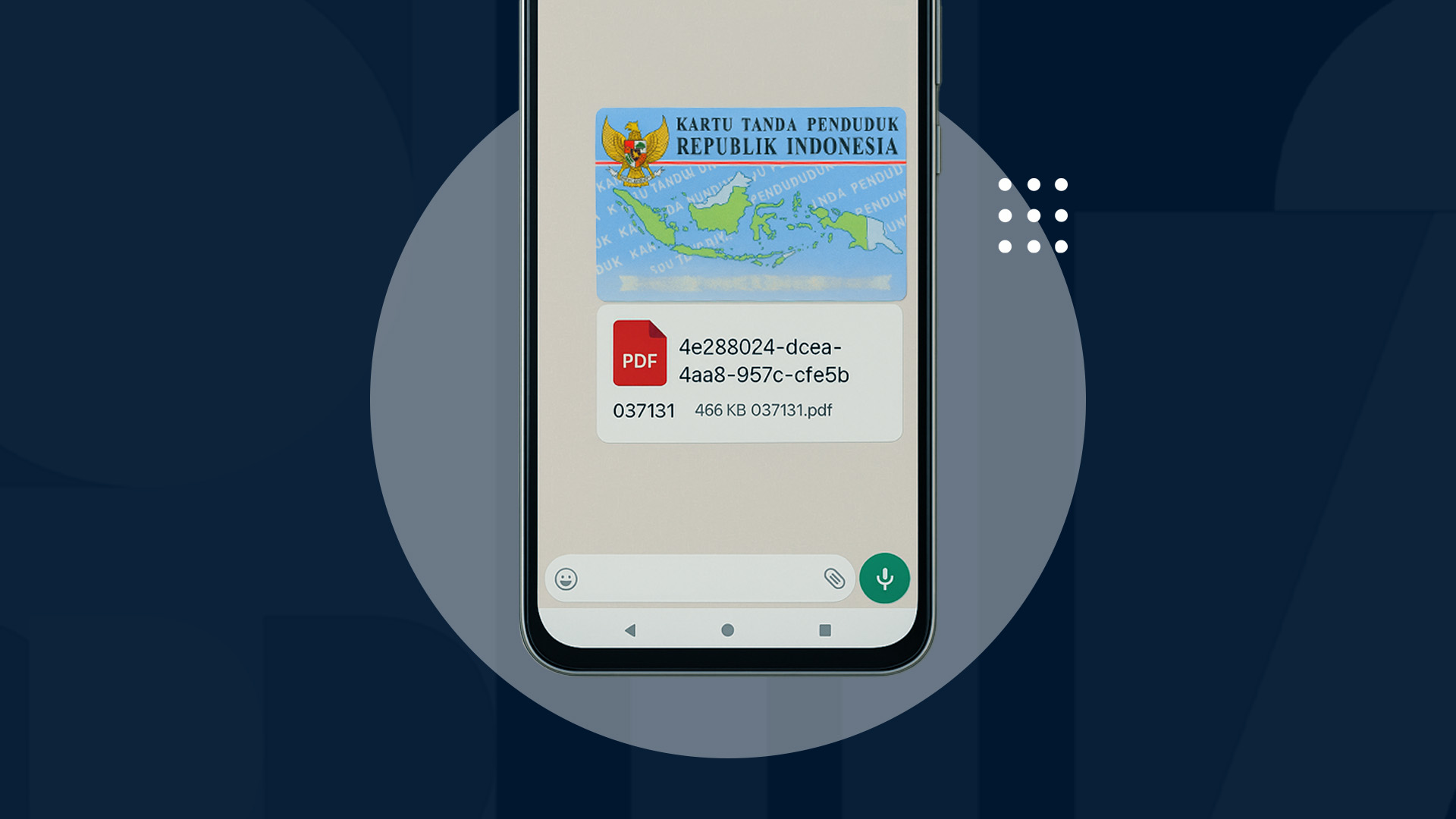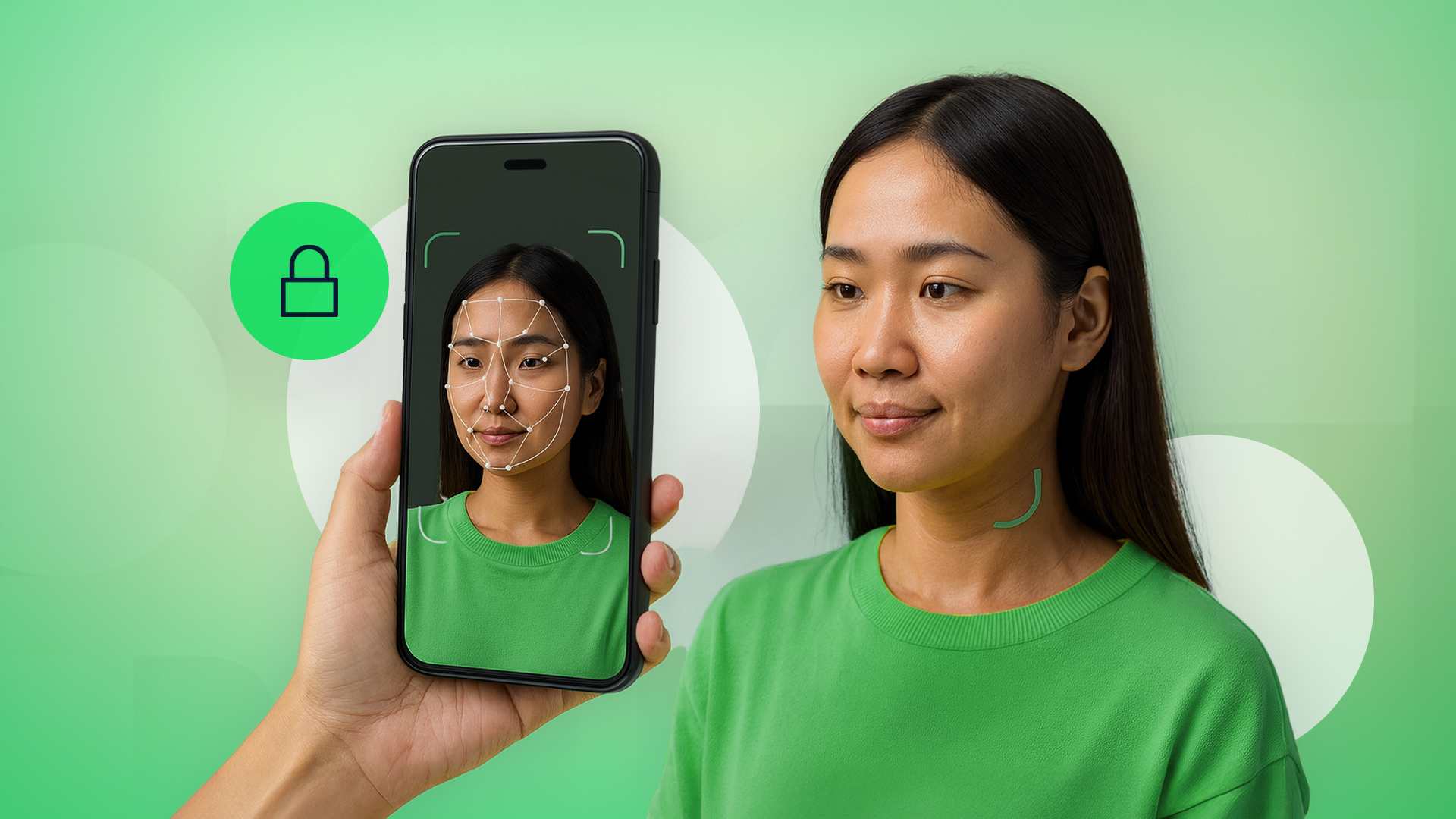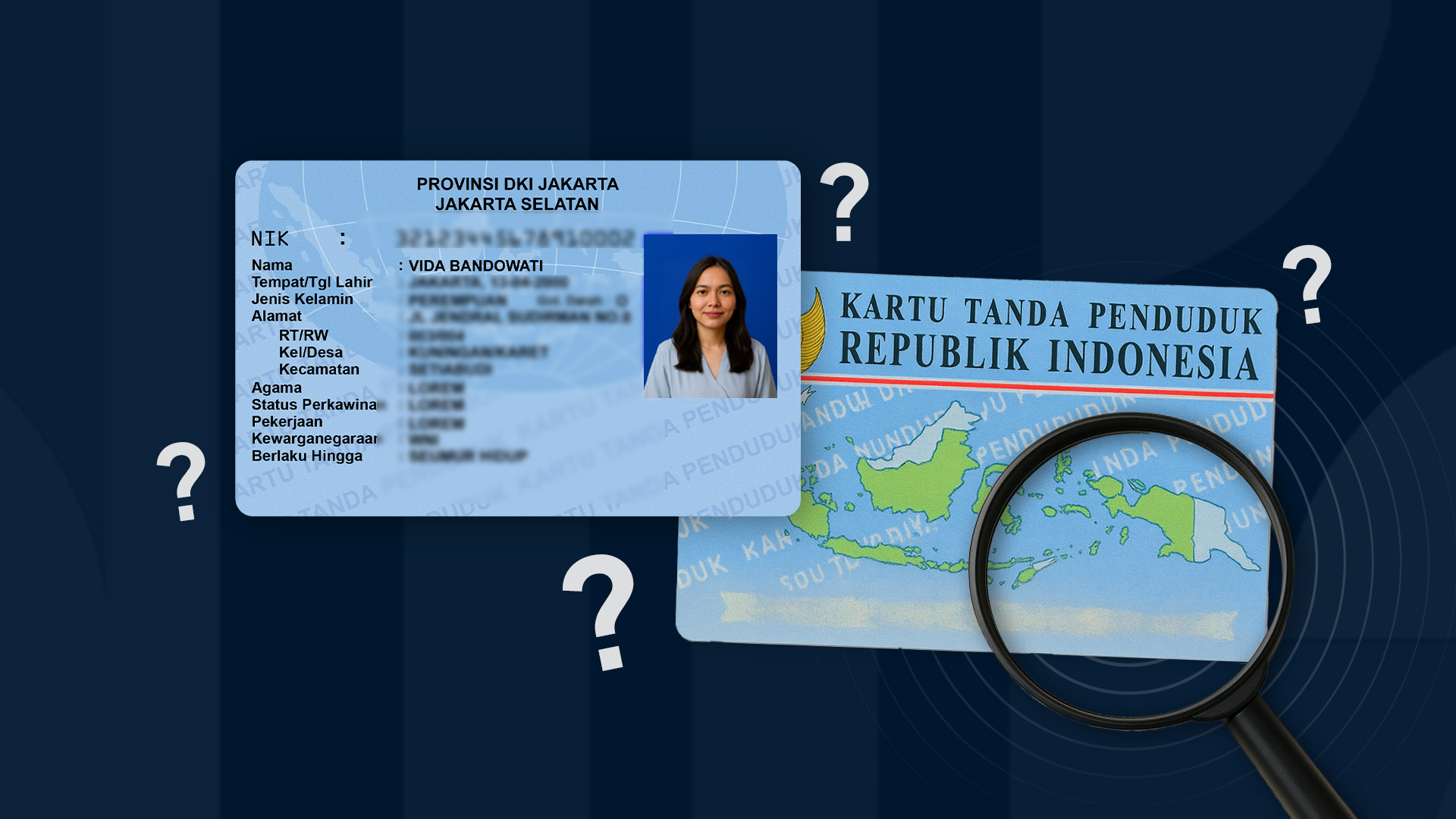The rising cost of higher education has become a major barrier for many Indonesian students. However, with the right strategy, a full-ride scholarship can help turn your academic dreams into reality—without financial burdens.
So how do you secure a full college scholarship? This article outlines effective steps to help you obtain a fully funded scholarship, whether for local or international study.
Smart Tips for Earning a Full Scholarship
Choosing a scholarship shouldn’t be random. There are many factors to consider to ensure the scholarship matches your academic and personal goals. Here are some key tips:
1. Define Your Goals and Scholarship Type
Before applying, understand that not all scholarships are created equal. Knowing the types of scholarships and matching them with your goals will help you prepare your application more strategically. Here’s a breakdown:
By Source of Funding:
-
Government Scholarships: e.g., LPDP, KIP Kuliah, or Kemendikbud’s Beasiswa Unggulan. Usually full-ride with service contracts.
-
University Scholarships: Offered by public or private universities—includes tuition waivers or living allowances.
-
Private or Foundation Scholarships: From organizations like Tanoto Foundation, Djarum Plus, or DigitalDesa.id. Usually includes financial support plus self-development programs.
-
International Scholarships: Global programs like Chevening (UK), Erasmus+ (EU), or Australia Awards for overseas studies.
By Coverage:
-
Full Scholarships: Covers tuition, housing, monthly living expenses, travel, and health insurance.
-
Partial Scholarships: Covers part of your cost—e.g., tuition only or living subsidy.
-
Academic Discounts: Common in private universities or digital platforms, offering discounted tuition fees.
By Eligibility Criteria:
-
Merit-Based: For top academic performers, competition winners, or published researchers.
-
Need-Based: For students from low-income families, usually requires income verification.
-
Field-Specific: For programs in technology, education, agriculture, or underserved regions.
-
Non-Academic: Recognizes achievements in sports, arts, leadership, or social work.
-
Regional Scholarships: Provided by local governments for residents in specific regions.
By understanding these categories, you’ll be better equipped to choose scholarships that fit your profile, prepare relevant documents, and tailor your motivation letter or interview answers.
2. Do Thorough Research
A common mistake is relying only on schools or friends for scholarship info. But active research is key!
Check official university websites, they often have dedicated scholarship pages with application details and timelines.
You can also explore scholarship platforms that curate global opportunities such as LPDP, Chevening, Erasmus+, and local options like Danacita and DigitalDesa.
Join online communities on Telegram, WhatsApp, or Facebook to stay updated and connect with fellow applicants.
3. Prepare Your Documents Carefully
Once you've found a suitable scholarship, document preparation is crucial. It’s your first impression to reviewers.
Typical requirements include:
-
Curriculum Vitae (CV)
-
Transcripts and Diploma
-
Language Proficiency Certificates
-
Letters of Recommendation
-
Motivation Letter or Essay
Personalize each document to the scholarship you’re applying for. Especially your motivation letter, never use a generic one. A tailored, thoughtful letter shows sincerity and increases your chances.
4. Improve Academic and Non-Academic Achievements
Many scholarships have minimum performance standards. Scholarship providers want assurance that you can complete the program successfully.
Boost your profile by:
-
Maintaining or improving GPA
-
Joining extracurriculars
-
Competing in academic or non-academic contests
-
Volunteering
-
Building personal and professional skills
5. Master Foreign Languages
If you’re targeting international scholarships, language skills—especially English—are essential. Most require TOEFL iBT or IELTS scores.
For non-English speaking countries like South Korea, Japan, France, or Germany, local language tests can boost your application:
-
TOPIK (Korean): For Global Korea Scholarship (GKS)
-
JLPT (Japanese): For MEXT programs
-
DELF/DALF (French) or TestDaF (German): Required or beneficial for bilateral and university scholarships
6. Leverage Technology
In today’s digital age, tech can simplify the scholarship process. You’ll need to scan diplomas, transcripts, and other documents for online submission.
Avoid blurry phone photos! Use document scanning tools to ensure your files look professional and polished.
One tool you can use is Magic Scan by VIDA.
Magic Scan is a feature within the VIDA app that lets you scan physical documents into digital form, and even sign them digitally, without leaving the app.
Magic Scan Advantages:
-
Scan up to 15 documents at once
-
Auto-detect documents
-
Auto-crop and optimize for clarity
Winning a scholarship takes effort, but with the right strategy your chances increase significantly.
Let your dream of a tuition-free education come true with these proven tips and tools.

.png)


